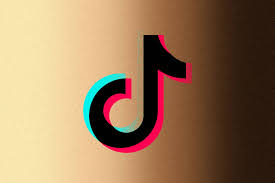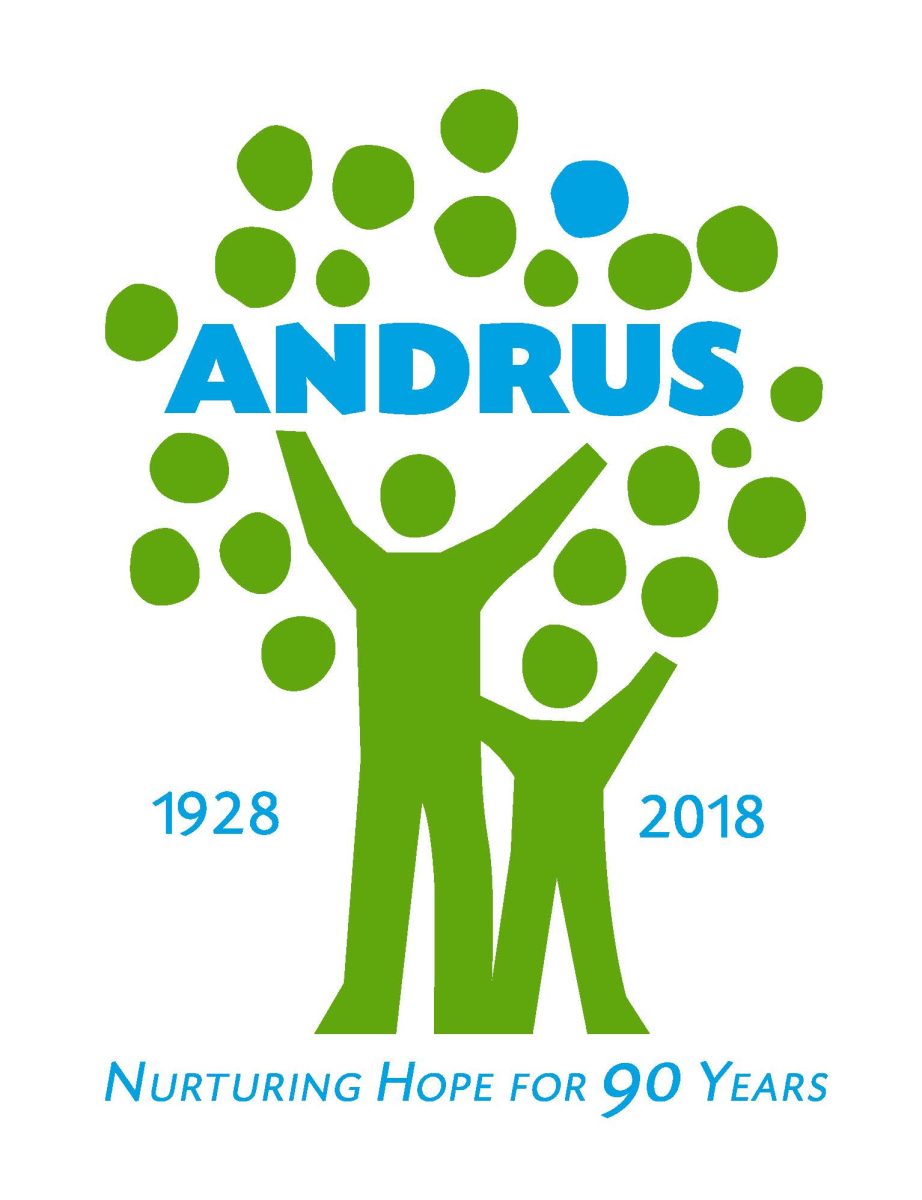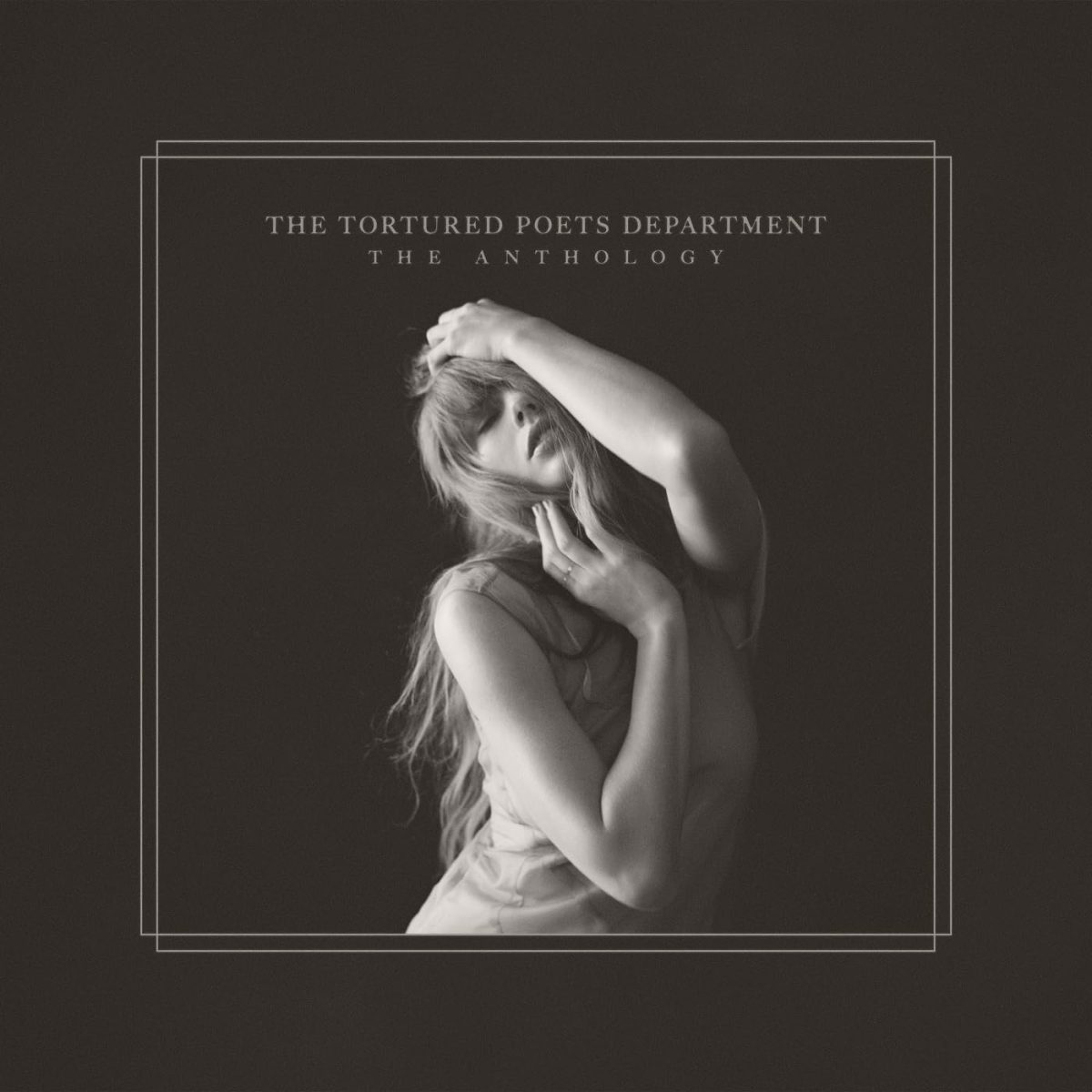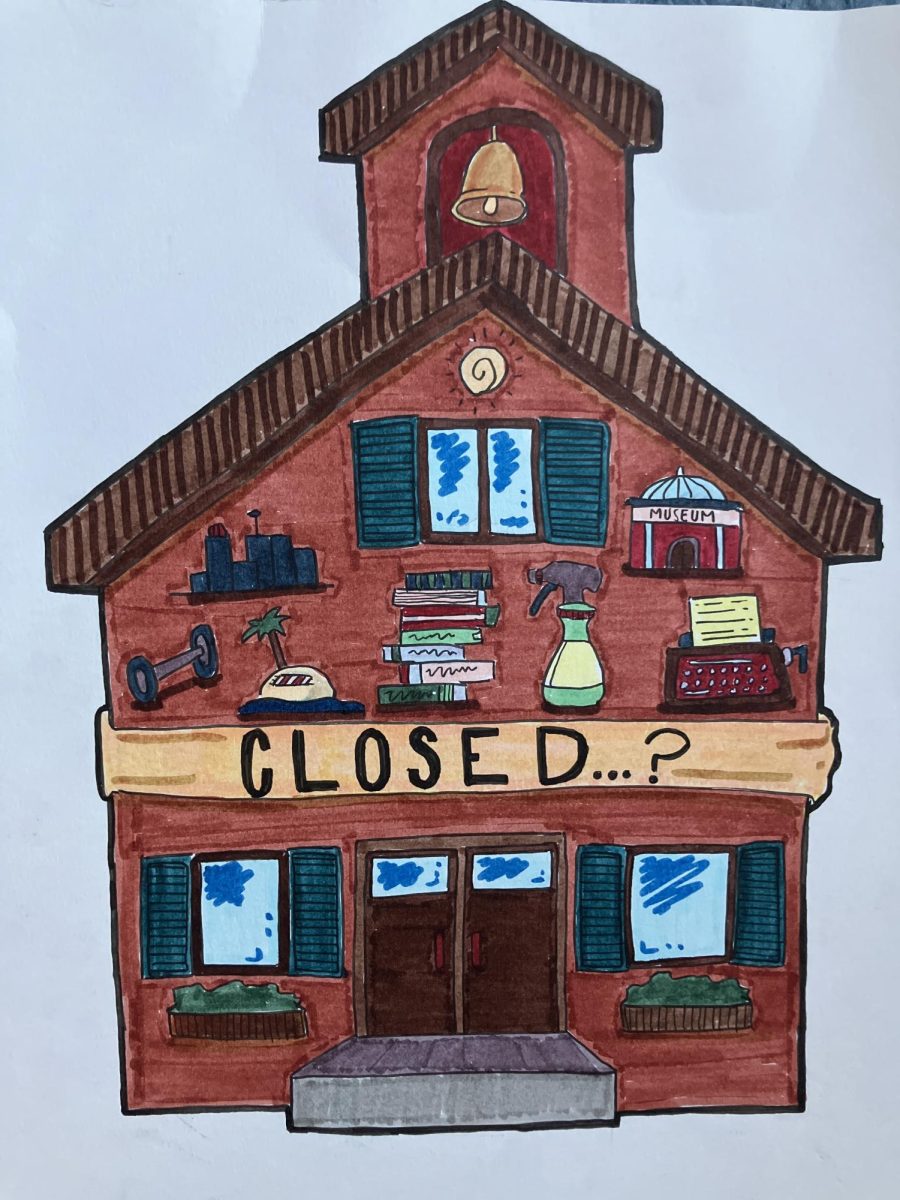TikTok and Race

December 13, 2020
TikTok. You can’t go anywhere without seeing its impact on society, be it in the form of people dancing, singing a popular song, or one of its stars on a billboard. However, TikTok comes with problems too, and race plays a bigger role than you might think.
First of all, there are a lot of issues with TikTok’s infrastructure. For example, In July of 2020, TikTok created a $200 million dollar “Creator Fund,” dedicated to paying creators for their videos. In order to qualify for the fund, you have to “be 18 years or older, meet a baseline for followers, and consistently post original content in line with [the app’s] Community Guidelines,” according to TikTok. There are a lot of issues with this program.
First, regardless of race, it just doesn’t work that well. Many creators have reported a decrease in views since joining the fund, and a lot of creators are only making a few dollars a day. But looking at it from a different perspective, one of racial inequality, it’s particularly alarming. Black creators are the majority of this dissatisfied group. Like everyone else, they have been experiencing declining views, followers, and payment, but they’ve been taking the brunt of it. TikTok hasn’t fully explained this – crediting their decreased recognition with ‘inappropriate content,’ according to an article from Forbes.
Additionally, TikTok has admitted to using shadowbanning. Shadowbanning is when TikTok, or any social media app, can block a user’s content without them knowing. Affected TikTokers will experience decreased views on their videos. So, if a creator is shadowbanned, even if they have a lot of followers, their views won’t be proportional to their follower count. Seemingly, this is an issue for a lot of Black creators. According to an article by TIME magazine, many Black TikTokers experienced decreased views after posting content related to Black Lives Matter. In the past, TikTok has admitted to banning content related to the LBTQ+ community or disabilities, and it raised questions regarding the content that Titkok chooses to filter.
Additionally, the software, called collaborative filtering, that TikTok is built upon makes it difficult to ‘rise’ to the top. The For You page – the trending/recommended page for users – is based on two factors: popularity and similarity. This means that the videos with more views will eventually end up on the For You page, and the videos with fewer views will not. The “similarity” part means that the For You page will show you content that’s related to what you’ve looked at in the past. However, researcher Marc Faddoul discovered an artificial intelligence glitch that may be contributing to TikTok’s racial bias.
Faddoul found that TikTok’s machine learning models are categorizing people’s similar content by race. When he followed one white influencer, white influencers were on his For You page. When he followed a Black one, Black influencers appeared. Following this logic, because a majority of popular TikTokers are white, more white creators will automatically show up in a user’s feed. Without visibility, Black Tiktokers can lose opportunities, money, and recognition.
One example of this can be seen in the story of Jalaiah Harmon and the Renegade dance. The Renegade was a dance made popular by Charli D’Amelio – emphasis on ‘made popular’ – that was trending for about five months. While Charli brought the dance to fame, she didn’t create it, contrary to many people’s impressions. The dance was actually created by a teen with a smaller platform, named Jalaiah Harmon. She’s Black. Followers and critics agree that Charli’s fame came from a stroke of luck, and to some degree, that’s true. However, a large part of her success should be credited to Harmon and the other dancers whose dances she’s used.
For a long time, Charli and other dance TikTokers, like Addison Rae, got away with their blatant plagiarism, even though Harmon herself, along with many other Black creators, like TikToker Yoni Wicker, repeatedly asked to be given credit. They were often ignored and even ridiculed. Eventually, Charli conceded to the comments, and she now puts dance credits in the caption.
Unfortunately, the multitude of problems at TikTok’s core are difficult to solve, especially when TikTok is unwilling – as far as we know – to address them. However, if users could learn to be more aware of the prevalent issues surrounding the app, TikTok could inch towards becoming a well-informed, socially-conscious platform.





























